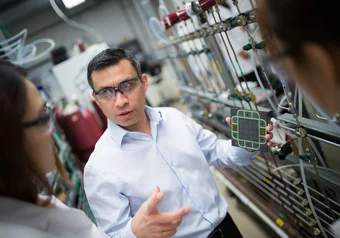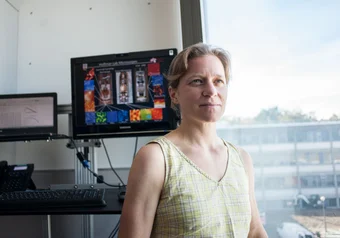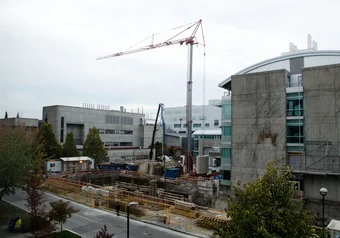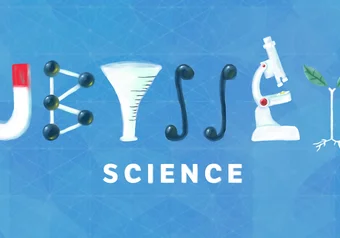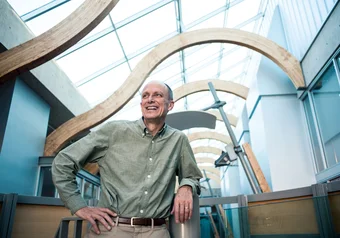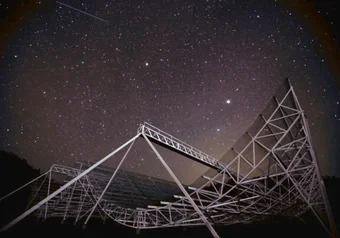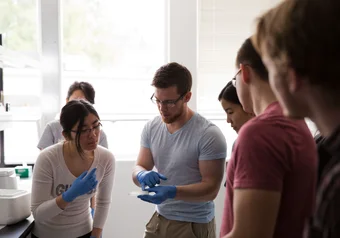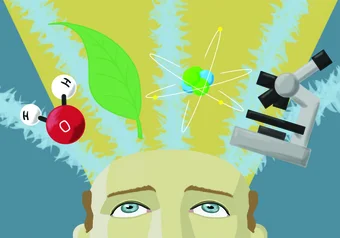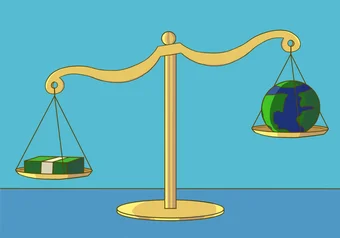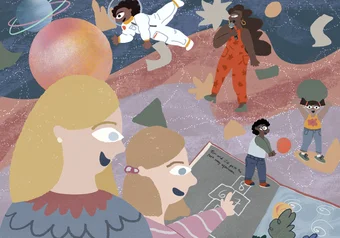In the middle of campus there’s a small, unremarkable, concrete building with one locked glass door on its northwest corner labeled ‘Clean Energy Research Centre’. You’d never guess it’s home to one of Canada’s largest fuel-cell research groups, working internationally with major industry and science partners to bring fuel cell technologies to market.
Search the Archive
“Don't underestimate yourself! And don't be afraid to take on leadership roles. In the words of Mindy Kaling, 'Work hard, know your shit, show your shit, and then feel entitled.'”
A superconductor is a material that transports electricity with no resistance. But superconductors must be cold (about -272ºC cold, for gallium) to be superconductors.
Although several groups have tried and failed to create the graphene superconductor based on this model, the researchers were able to achieve the feat in a high vacuum environment (an area without air) at an extremely low temperature of -268°C.
Ubyssey Science is here to share stories with everyone at UBC from science majors to the inner nerd every art student has.
The researchers then took poop from three-month olds, who they knew developed asthma, and transferred it into mice. Mice with the transferred kid poop went on to develop high levels of asthma, mice with poop spiked with FLVR did not develop asthma.
As explored in a newly published paper, UBC researchers speculate that using “radio bursts” with unknown origins, they could determine the distance of cosmological bodies and shed light on a whole host of previously unknown information.
This year, UBC’s iGEM team worked on creating a genetically modified Gilliamella apicola (a type of bacteria that lives in bees' intestines) that can help bees combat colony collapse disorder.
On the week of September 21, the Beaty Biodiversity museum, along with the Woodward library, TRIUMF laboratory for particle and nuclear physics and other teams within UBC were collaborating to promote science literacy in a national science literacy initiative.
The economics behind the climate crisis can play a key role in informing governance, policy and public opinion.
MDMA-assisted psychotherapy represents a burgeoning area of research that can support those suffering from PTSD.
A seminar on July 21 featured Dr. Sandro Tacchella, an astrophysicist, who discussed his work relating to how galaxies grow and the nature of their star formation.
“The studies used in the meta-analysis were small and generated some positive and negative results. We need more evidence to proceed to make this therapy a clinical treatment.”


